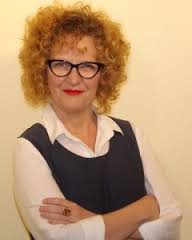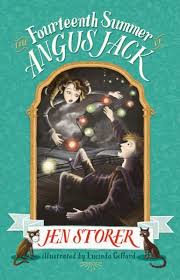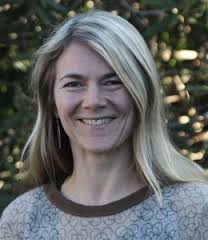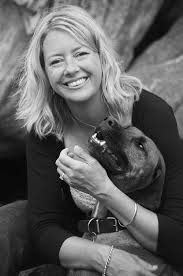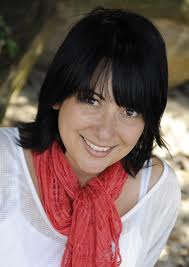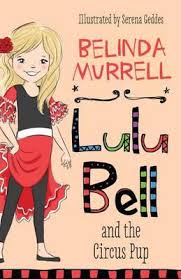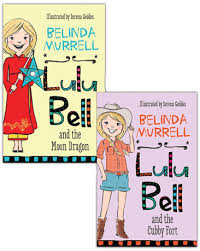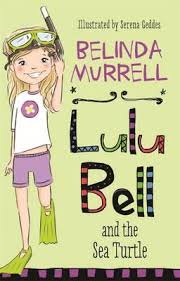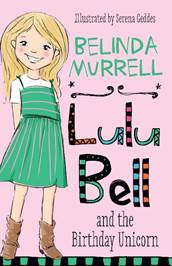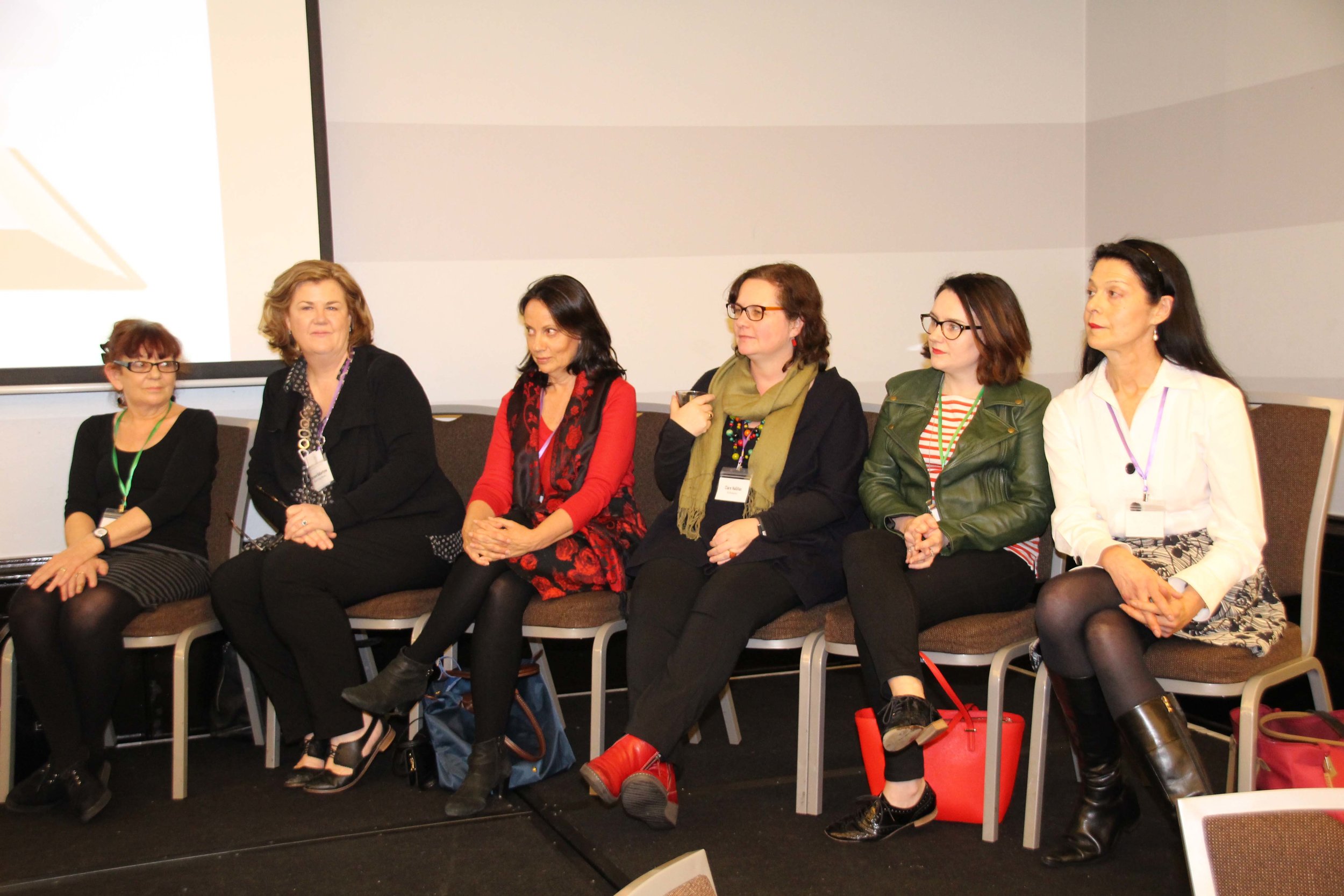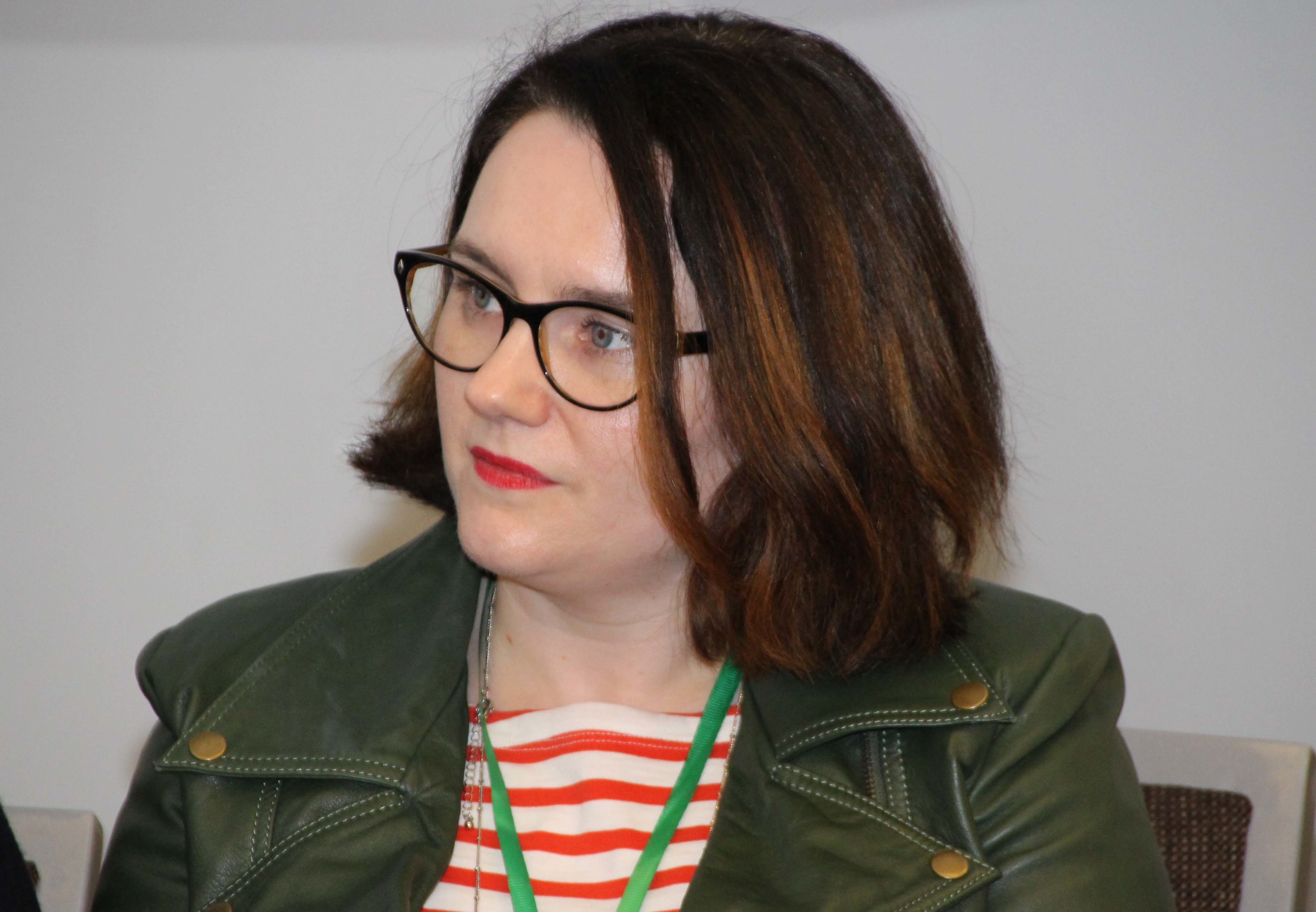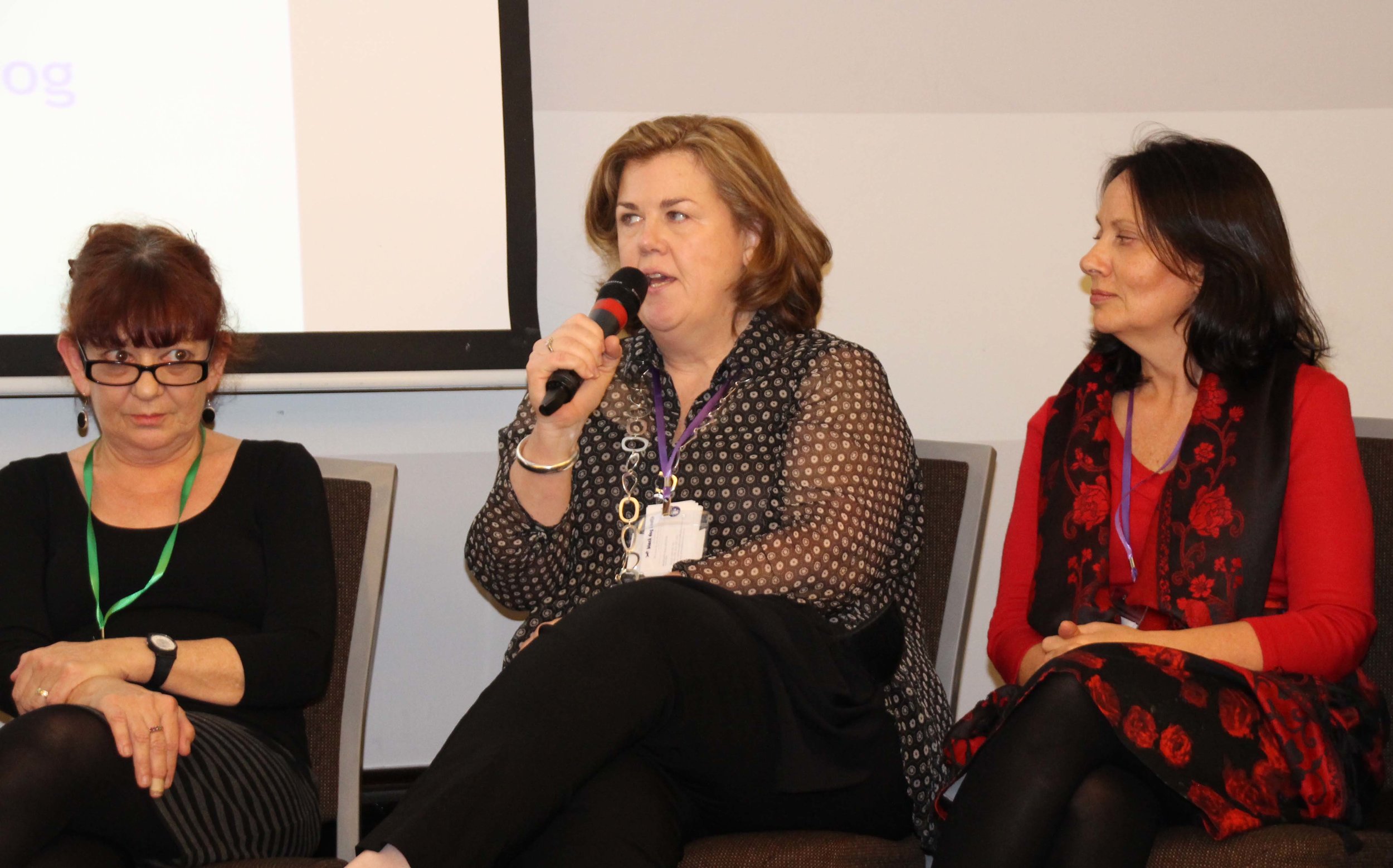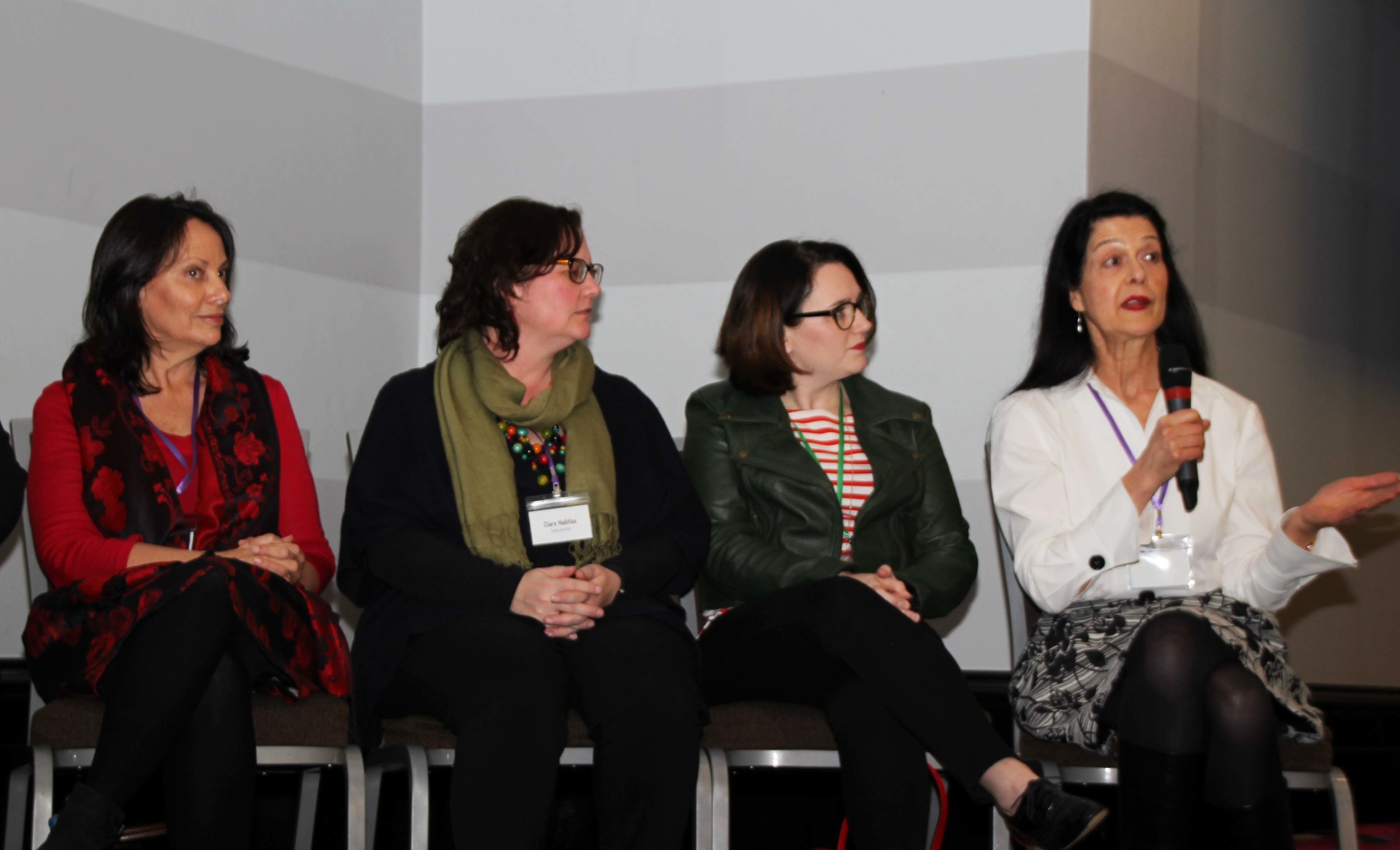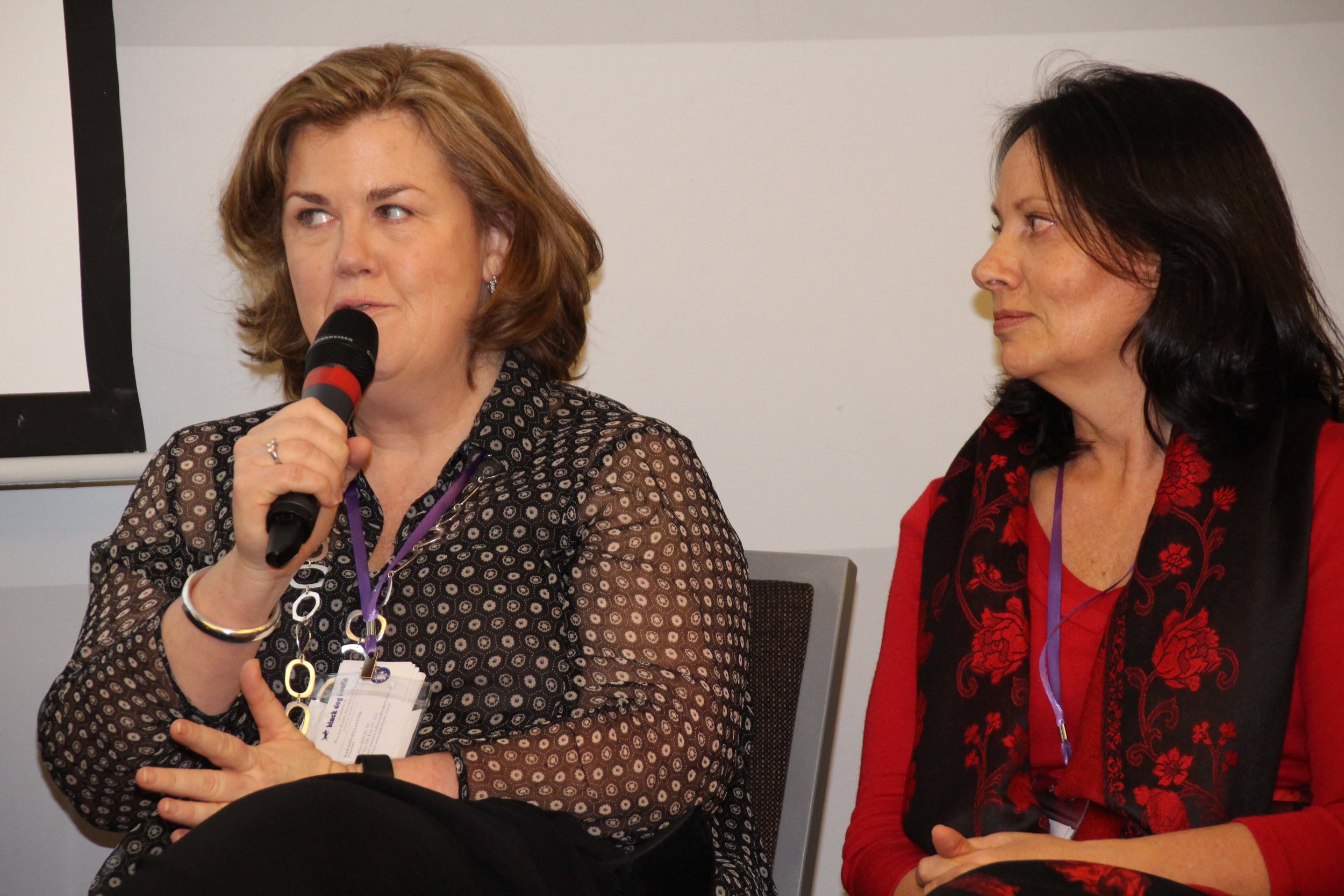Editors, authors and illustrators from Penguin Random House and Harper Collins discussed the process of creating their books.
The audience were treated to an exciting insight into how ideas are developed by a team of committed people, each with a unique skillset, to create the best possible book.
'All we want to do is create the best book possible' Lisa Berryman Harper Collins
Harper Collins - Lisa Berryman, Jen Storer and Lucinda Gifford
The idea for Jen's book The Fourteenth Summer of Angus Jack started when two goblin girls strolled onto the page while she was writing The Accidental Princess. The girls didn't fit this story, but they were fascinating, and Jen invited them onto a blank page so she could find a different story for them. Eventually they made themselves at home in Angus Jack.
Lisa had a strong vision for Angus Jack and knew an illustrator would need to bring out the gothic atmosphere of the story, but she didn’t have anyone in mind at the time. Lisa and Jen had seen Lucinda’s work separately and were both thinking her style suited the story. When Lisa suggested Lucinda, it was an easy decision.
Lucinda took time to develop the characters because the target age of the readers meant that the illustrations needed to have realistic features, not stylised one. She also focused on quirky details described in the story, such as the artefacts. Lucinda sent sketches to get feedback, then developed roughs before the final drawings were submitted.
Lisa loves creating a team and values a collaborative process. She selects a designer early so they are involved with the author, illustrator, editor and publisher from the start. In the case of Angus Jack, the book designer had a strong vision, which helped guide Lucinda's illustrations.
The team worked together to find the voice of the book - i.e. the marriage of text, illustrations, internal design, and cover design.
Lucinda and Jen happen to live close to each other. When Jen used a local antique shop and its owner as the inspiration for a character and setting, Lucinda could draw on the same source of inspiration for the illustrations. Their collaboration resulted in the characters being drawn just as Jen envisioned them.
Penguin Random House Team - Belinda Murrell and Serena Geddes (Zoe Walton was unwell – we hope she’s started to feel better – Ed)
The Lulu Bell books were created collaboratively too. The writer, illustrator and editor developed the books together.
The idea for the Lulu Bell series came to Belinda in 2011 and was a shift from writing for 10-14 year olds to writing for 6-10 year olds. Initially, Belinda found writing for a younger audience challenging. The editing process focused on adjusting the sentence length and changing the vocab to suit the readers.
Belinda lived in a vet hospital when growing up. There were a number of quirky animal characters she drew upon, including an escape artist python.
The series was initial named Charlie Rose. Zoe loved it but asked Belinda change it because of Jacqueline Harvey’s Clementine Rose. Belinda tried many names and eventually came up with Lulu Bell.
After suggesting a number of other illustrators for Belinda’s new series to Zoe, Serena finally gathered the courage to put her own work forward. Zoe said she couldn’t promise but she’d try.
Serena’s illustrations are inspired by watching the author speak about the story they’ve written. She also borrowed a lot of Belinda’s photo albums and based the characters on Belinda as a girl and Belinda’s family members. Using real people and things in her illustrations also peaks the interests of kids when she’s visiting schools and libraries.
The consistency within the series (family life, characters, clothing, etc.) is maintained by the editor and publisher.
Belinda was asked why there are 13 books in the series. Originally four books were planned, written, and released. They were so successful, Penguin Random House took the series to six, then eight, then ten, a Christmas special, and the final two. Three big bumper books will be released this year.
The panel was a great insight into how books for younger readers are created by a team of dedicated and passionate professionals.
Melanie Hill Roving Reporter
#SCBWISyd


